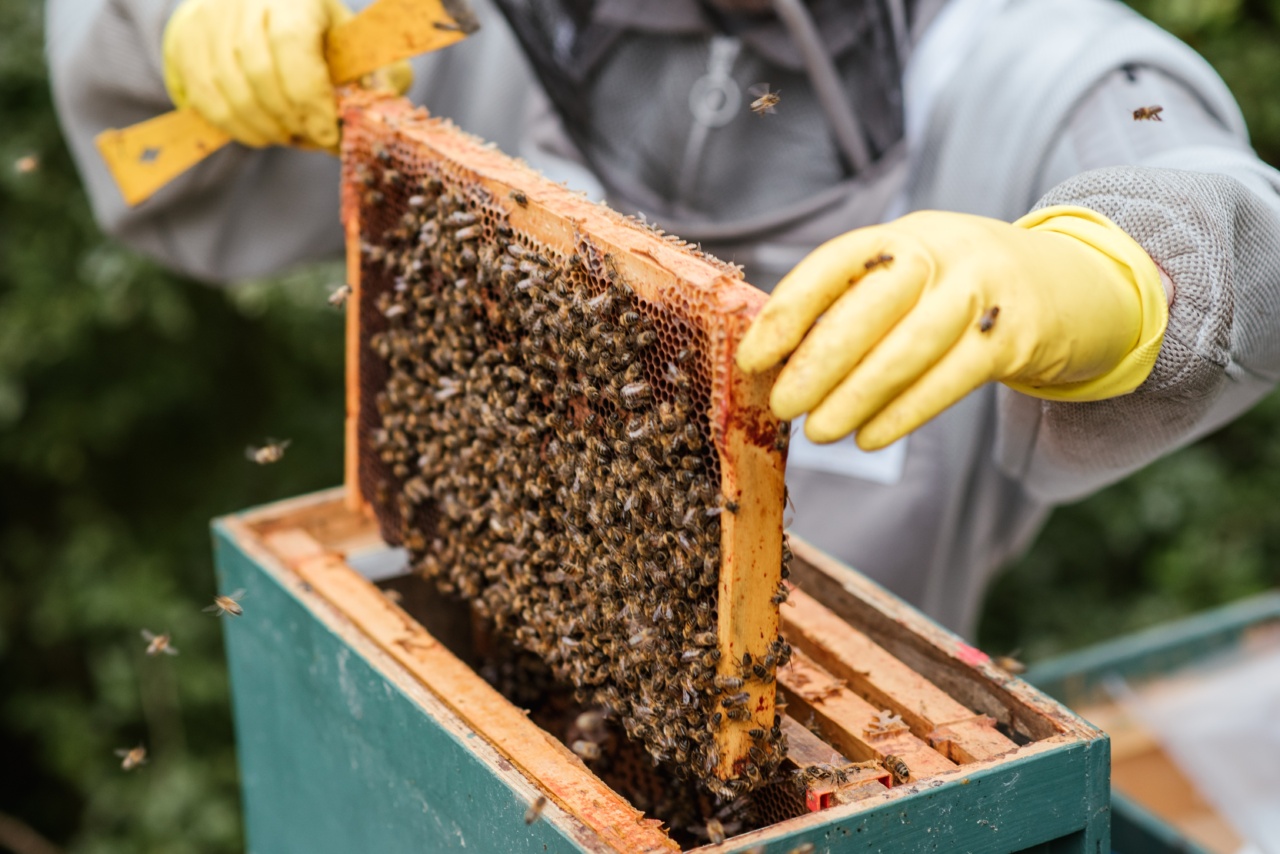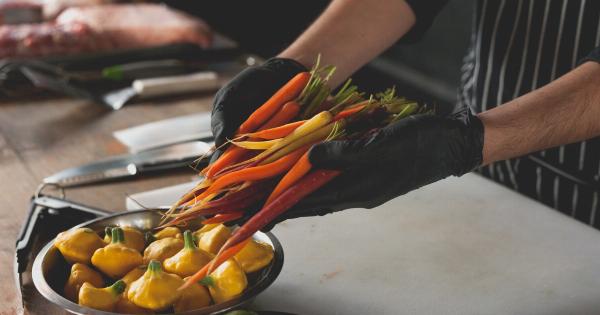Undercooked foods are more than just a culinary faux pas. They can pose serious health risks and lead to foodborne illnesses.
Consuming undercooked or raw foods increases the chances of ingesting harmful bacteria and parasites present in the food, resulting in severe illnesses such as salmonellosis, E.coli infection, and even trichinosis. Understanding the primary culprits of danger when it comes to undercooked foods is crucial for ensuring food safety and preventing potential health hazards.
The Danger of Undercooked Poultry
Poultry, such as chicken and turkey, can harbor numerous bacterial pathogens, most notably Salmonella and Campylobacter. These pathogens can cause serious infections if the meat is not cooked to the appropriate temperature.
Consuming undercooked poultry is one of the leading causes of foodborne illnesses.
Salmonella is a bacterium that commonly contaminates raw poultry and can cause symptoms such as diarrhea, fever, and abdominal cramps.
In severe cases, salmonellosis can lead to hospitalization and even death, especially in vulnerable populations like the elderly, young children, and individuals with weakened immune systems.
Campylobacter is another common bacterial pathogen found in undercooked poultry. It can lead to Campylobacteriosis, characterized by symptoms such as diarrhea, nausea, vomiting, and fever.
In rare cases, this infection can progress to more severe complications, including Guillain-Barré syndrome, a condition affecting the nervous system.
The Risks of Undercooked Pork
Pork is another meat that requires careful cooking to eliminate harmful pathogens. Undercooked pork can carry various parasites and bacteria, posing significant health risks if consumed.
One of the most well-known parasites associated with undercooked pork is Trichinella spiralis, the causative agent of trichinosis.
Trichinosis is a parasitic infection that occurs when individuals consume undercooked or raw pork containing the larvae of Trichinella.
Symptoms can range from mild to severe and may include muscle pain, fever, swelling around the eyes, and gastrointestinal issues. In extreme cases, trichinosis can lead to life-threatening complications affecting the heart, lungs, and nervous system.
In addition to Trichinella, undercooked pork can also be a source of Salmonella and Escherichia coli (E.coli) contamination. These bacteria can cause similar symptoms as discussed earlier, including diarrhea, abdominal pain, and fever.
The Perils of Undercooked Seafood
Seafood, particularly raw or undercooked shellfish and fish, can also harbor various pathogens, presenting risks to those who consume inadequately cooked seafood. The two main culprits of danger in undercooked seafood are Vibrio bacteria and parasites.
Vibrio bacteria, such as Vibrio parahaemolyticus and Vibrio vulnificus, are commonly associated with undercooked shellfish. These bacteria thrive in warm coastal waters and can cause serious infections if consumed raw or undercooked.
Symptoms of Vibrio infections include watery diarrhea, abdominal cramps, vomiting, and fever. In severe cases, Vibrio infections can lead to wound infections, bloodstream infections, and even death, especially in individuals with compromised immune systems.
Parasites like Anisakis can also be found in raw or undercooked seafood, especially fish. Anisakis is a nematode worm that can cause a condition called anisakiasis when ingested by humans.
Symptoms may include severe abdominal pain, nausea, vomiting, and allergic reactions. Although anisakiasis is rarely life-threatening, it can lead to significant discomfort and require medical intervention.
Safe Cooking Practices
When it comes to preventing the dangers associated with undercooked foods, practicing safe cooking methods is essential. Here are some guidelines to ensure food safety:.
1. Use a Food Thermometer
A food thermometer is an indispensable tool for checking the internal temperature of meat and ensuring it reaches the recommended temperature to kill harmful pathogens. Different types of meat have specific temperature requirements for safe consumption.
For example, poultry should reach an internal temperature of at least 165°F (74°C), while pork should reach 145°F (63°C).
2. Avoid Cross-Contamination
Cross-contamination can occur when raw meat or seafood comes into contact with other foods, utensils, or surfaces. It is crucial to keep raw meats and seafood separate from other ingredients to prevent the transfer of harmful bacteria.
Use separate cutting boards, plates, and utensils for raw and cooked foods, and always wash your hands thoroughly after handling raw meats.
3. Know the Recommended Cooking Times
Each type of meat has a recommended cooking time that ensures pathogens are destroyed.
Consult reliable sources such as the USDA (United States Department of Agriculture) guidelines to determine the appropriate cooking times for different meats and cuts. Cooking times may vary depending on the method used (grilling, baking, etc.), so it’s important to follow specific instructions.
4. Be Cautious with Seafood
If you enjoy seafood, it is essential to purchase it from reliable sources and ensure it is fresh. Avoid consuming raw or undercooked shellfish unless you are confident in their quality and freshness.
If you are unsure, it is always safer to cook them thoroughly to eliminate any potential pathogens.
5. Educate Yourself on Safe Food Handling
Keeping yourself informed about safe food handling practices is crucial for minimizing the risks associated with undercooked foods.
Stay updated with the latest guidelines from reputable food safety organizations and educate yourself on proper food storage, handling, and cooking methods.
Conclusion
Undercooked foods can pose significant health risks, as they may contain harmful bacteria, parasites, and pathogens. Poultry, pork, and seafood are among the primary culprits of danger when it comes to undercooked foods.
Various precautions, such as using food thermometers, avoiding cross-contamination, following recommended cooking times, and practicing safe seafood consumption, can help mitigate these risks. By understanding the dangers and implementing safe cooking practices, individuals can safeguard themselves and their loved ones from foodborne illnesses associated with undercooked foods.


























